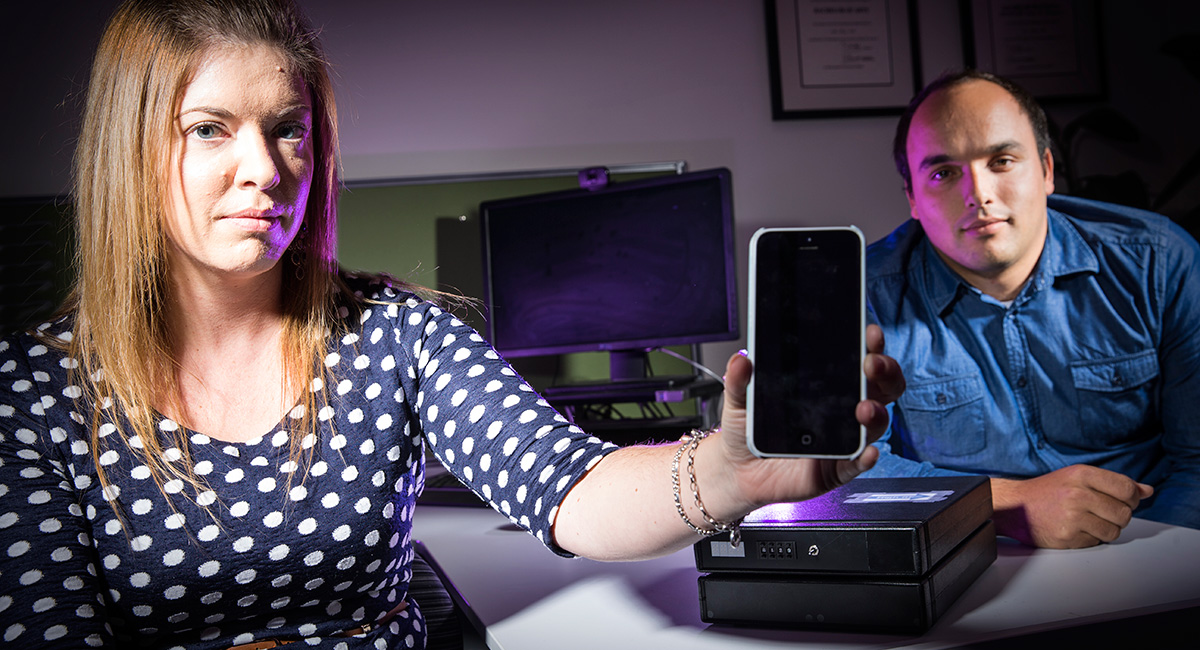July 21, 2015
Is wireless technology making us sick?
Illawarra study seeks answers to ongoing questions about electromagnetic energy.
Researchers at the Illawarra Health and Medical Research Institute (IHMRI), based on the UOW campus, want to hear from local residents who experience headaches, nausea and other negative health symptoms after being exposed to electromagnetic energy (EMF) from mobile phones, base stations, Wi-Fi and smart meters.
The researchers, from the Australian Centre for Electromagnetic Bioeffects (ACEBR), are seeking volunteers for a new study which aims to understand the phenomenon known as Electromagnetic Hypersensitivity (EHS), where sufferers associate a range of health problems to EMF exposure.
While the World Health Organisation recognises EHS as a bona fide condition, there is currently no scientific evidence supporting a relationship between EMF exposure and self-reported symptoms; a failure that the researchers believe may be due to the way in which previous studies have been conducted.
In what they describe as a “provocation study”, the team have developed a new approach which consists of a series of individual case studies incorporating improvements to combat some of the criticisms of past studies. This includes the use of portable equipment to test in environments where participants feel safe and the use of signals which are relevant to an individual’s symptoms.
“The complexity of the condition presents a major challenge in investigating whether EMF exposure is the cause of the symptoms,” explained PhD candidate, Adam Verrender, who is working with Professor Rodney Croft and Dr Sarah Loughran, who hold dual roles at IHMRI and the School of Psychology, on the study.
“The reported symptoms, and the source of exposure identified as causing the symptoms, vary widely between individuals, as does the severity of symptoms experienced and the amount of time required for symptoms to develop and dissipate. This complexity has not been adequately considered in previous study designs.”
Enhanced participant screening techniques will be used to minimise the chance of having non-sensitive participants in the sample and the equipment will first be tested in an open trial to ensure it is effective. The team will also ensure that each participant is given enough time for symptoms to develop and dissipate before the onset of the next trial.
“Ours is one of the first studies that will treat participants as individuals rather than grouping all sensitive participants’ together,” explained Adam.
“Importantly, the study is conducted in an environment where the participant feels safe and symptom free, such as in the participants own home, in the hope that this will remove the stress, which may be a potential trigger for symptoms, associated with participating in a laboratory study.”
People who have experienced symptoms for at least six months and report acute symptoms which develop and abate shortly after exposure to EMF are invited to help the researchers gather more solid evidence on the role of EMF exposure in the formation of their symptoms.
